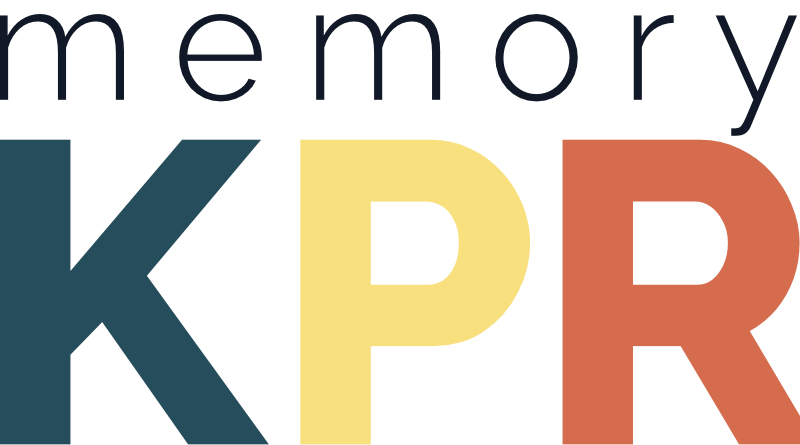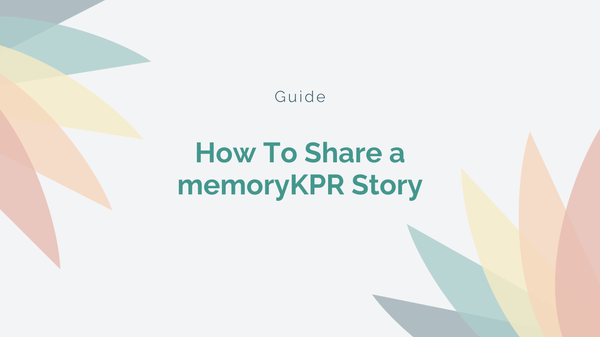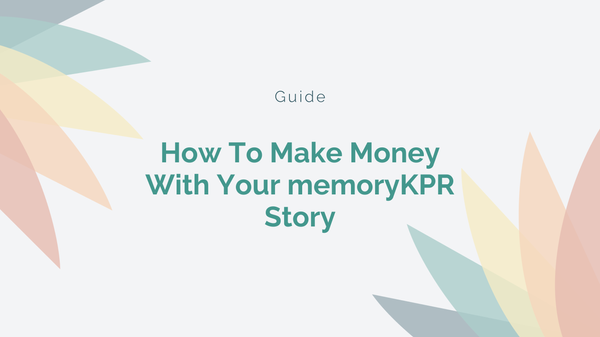How to Gather Stories that Resonate with Your Community

Let's face it, in a world overflowing with information, the quest for truth feels like searching for a needle in a haystack. History isn't just about facts and dates – it's the beating heart of a community, its the stories that shape who we are.
I am a firm believer that there are no more important stories than those in your community. Our homes and the communities we live in, impact so many aspects of our day-to-day lives. Your community is the most impactful space and the one you can’t check out of.
I grew up in a small town, and there was almost a collective consciousness of history, we all just sort of knew certain things; like why our family had my family home for over 30 years, and why it was still referred to as the Hendersons house (our last name was McNaughton). Or why the church only had one steeple instead of two, it was rumored that someone got struck by lightning while installing the first of two, and the community took it as a sign from God (although we also heard it just wasn’t in the budget), and it's also why I only ever knew the road leading to my home as the water tower road, even though on a map it is called Alexander Road (I actually had to look that one up 😂).
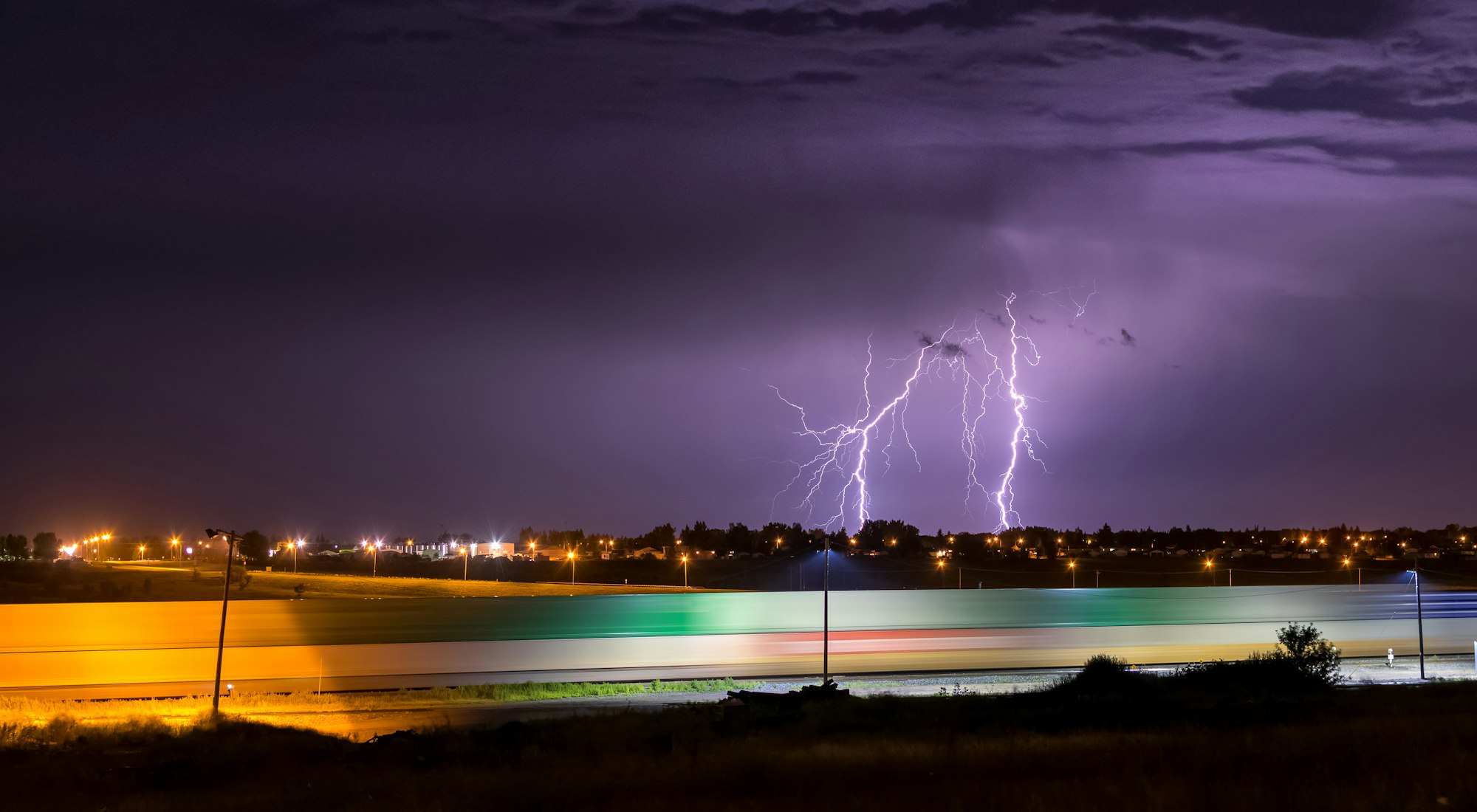
The history of storytelling goes back to the beginning of time, the importance of storytelling is what keeps people connected, and it is how we grow as humans and also as communities.
These stories make a community great and drive a lot of citizen engagement (and donations) to the memory keepers; Museums, Heritage Sites, Schools, and Historical Societies. So how do you become, or continue to be, the trusted storytellers in your community, protector of the stories, and how do you leverage these stories to drive engagement and economic development?
The short answer is … together.
The long answer requires a bit more detail:
I am assuming if you are still reading, you either hold a role in a Museum, Heritage Site, School, Community, Historical Society, or a similar role dedicated to preserving local history. Regardless of the role, paid or volunteer, you are likely always asking yourself three important questions:
1) How do we ensure we gather the right stories?
2) How do we protect the stories now and for future generations?
3) How do we bring it all together to have a meaningful impact?
Transform Your Community's Digital Presence with memoryKPR
Schedule your free demo today and take the first step towards a more connected community.
Book a DemoLet’s dive 🏊 into these topics one at a time.
Community Story Building Questions
#1 - How do we ensure we gather the right stories?
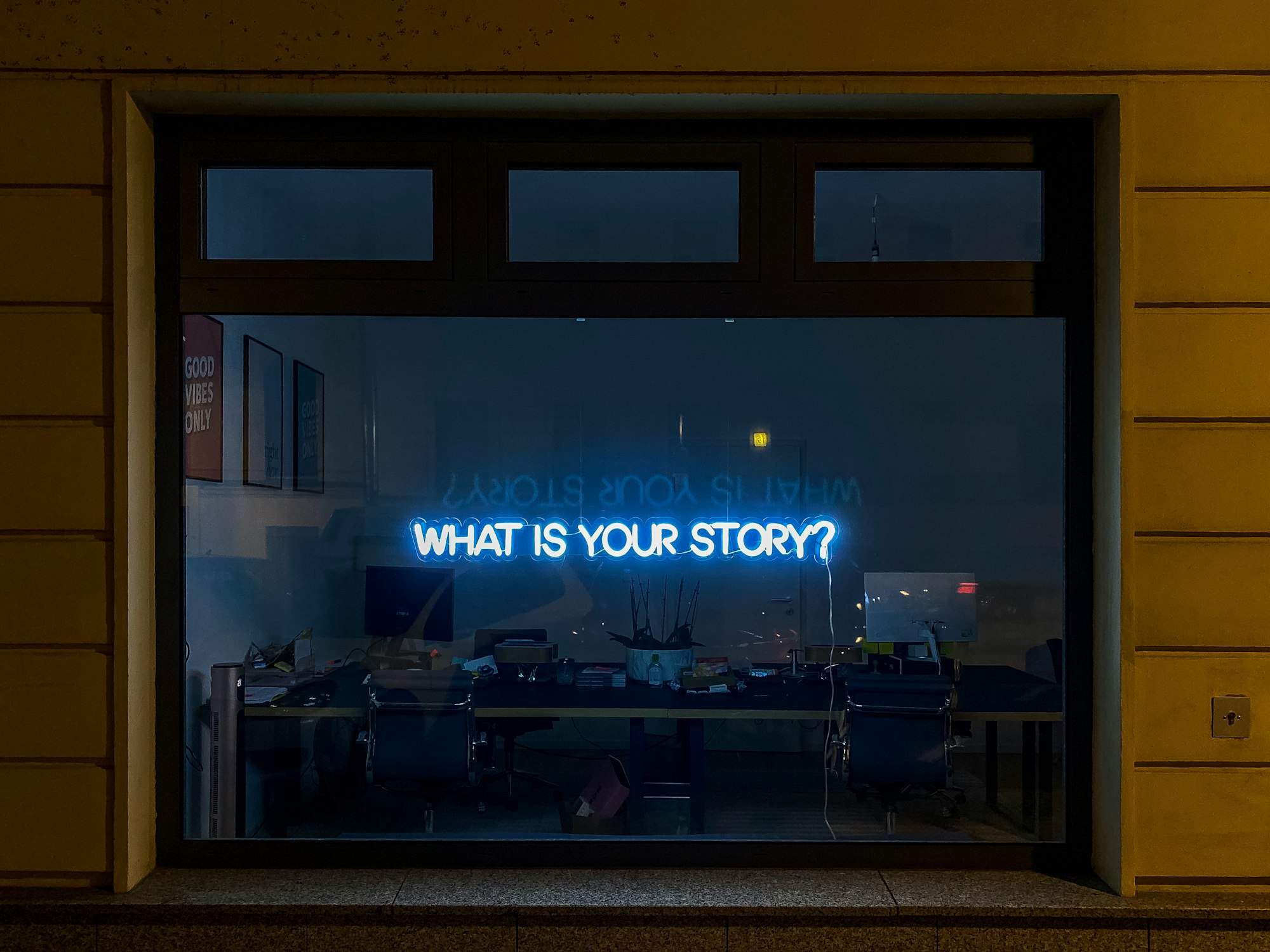
Any good story starts with asking and listening. Have you gone to your community, or patrons and asked what pieces of history are important to them, and just listened?
It is tricky for us storytellers to have to stop telling and start listening but there is no better way to find the heart of a story.
We have seen great stories where communities start with the ‘ask and listen’ approach, groups like the Listening Post Collective have sparked great conversations and projects across the USA. They even offer a free playbook and have links to some grants to assist communities in shifting conversations to two-way conversations.
And remember, you don't have to limit yourself to traditional methods – the City of Calgary used Minecraft to get kids engaged in their vision for the future of their downtown area. Whether it is for future planning or Community Historical Projects - asking and listening is the best way to find out what stories should be captured and what parts are important to the people who will consume the story.
How can you open that dialogue? There are several ways to get dialogs going with your community in person or online, tools like memoryKPR make it easy for you to gather content, and oral stories from all your citizens or patrons with ease.
The memoryKPR company is proud to have had schools and senior care facilities as their earliest customers, designing for multigenerational ease of use, was clearly a priority in design. You can also make social media pages (although that will limit your audience to those familiar with technology), and town halls. Some towns have even moved to community texting platforms.
Once you start asking the right questions, you will learn about the trends, you will see themes, and you will know the stories that are important to your patrons and citizens. It is at this point we encourage you to reflect on the past, what trends continue, and what historical moments might be shaping what is important today.
These are your stories.
But before you rush in, take a moment. The next thing we encourage to to do is understand your bias to ensure you are creating the stories that matter to your patrons, not just to you. Evidence suggests that all folklore and historical stories have storyteller bias. We cannot completely avoid this, however what we can do is question ourselves, be aware of our bias, and do our best to collaborate with diverse thinkers and capture the different elements of the story.
The key lies in collaboration. Some of the best heritage or historical projects I’ve seen in storytelling include collaboration; museums or communities collaborating with schools or cultural centers. Collaboration among community leaders, museums, historical societies, heritage groups, and citizens is the most impactful and sustainable.
It is also important to note - you don’t have to capture one story perfectly, you can address many different versions of a story, your job is to present stories as factually as possible. If you don’t know which version is most true, it's better to share multiple versions of a story than to decide as to which you prefer.
#2 - How do we protect the stories now and for future generations?

We first suggest the role of protecting stories be held by story authorities or organizations that will have the resources to hold this responsibility well into the future. Whether it be a government agency, like a city office, heritage group, library, or a museum, ensure the keepers of the stories will be around for years to come
If you are working on a project capturing stories, it is your job to consider the future of this story, beyond yourself. Where does it go after you are done?
Protecting stories isn't just about today, it's about leaving a legacy.
Consider technology solutions like memoryKPR or Archive It to keep your files safe, help you leverage your story, and also help keep your file types accessible in the future by ensuring readable formats. Gone are the days when you had to get your film role converted to VHS, just to get it converted to DVD to still not be able to use it. The other thing you want to ensure is that your future-proof technology solutions ensure you own your content.
But here's the critical part: make sure these future-proof solutions let YOU own your content. Platforms like memoryKPR put this front and center, highlighting their approach to content ownership in their terms and conditions, making it easy to understand and feel safe.
Beware of using solutions that are not meant for story saving and protection. Platforms like Meta (including Facebook and Instagram) state in their terms of service, that their goal is to provide a free place for people to come together, not to protect or store your content. Meta’s privacy center walks you through all the ways they share your information with partners, vendors and how they co-own your content.
Finding the right solution for keeping but also using your stories, is essential to making this easy and meaningful for your memory keepers in addition to your citizens or patrons.
#3 - How do we bring it all together to have a meaningful impact?
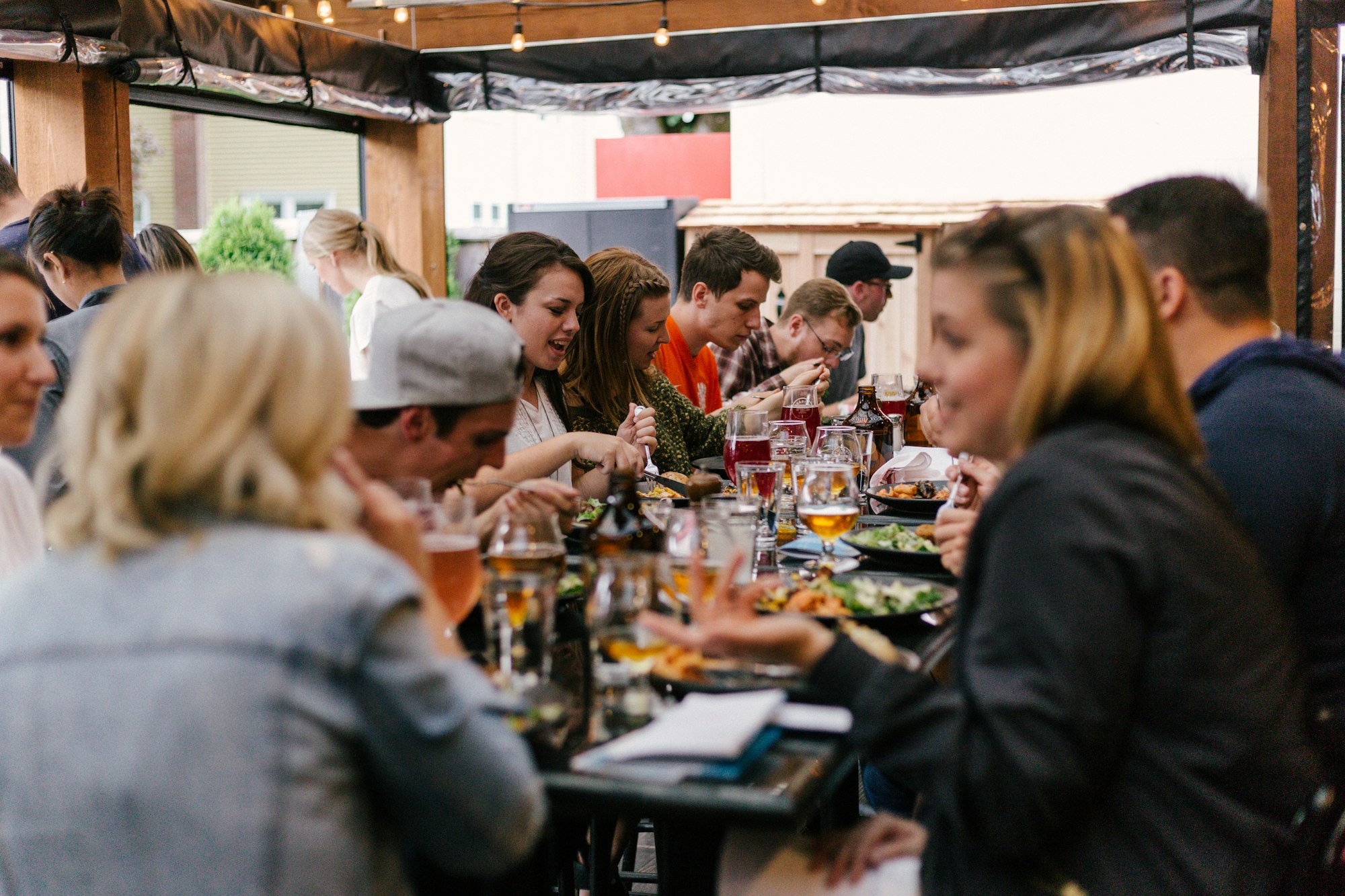
You've listened, learned, and gathered a treasure trove of stories. Now comes the truly magical part – transforming them into something that resonates, inspires, and builds a deeper sense of community.
By prioritizing storytelling, engaging with your community, and fostering collaboration with relevant stakeholders, you can become a trusted source for stories in your community, preserving its history and enriching its cultural heritage. Consider ways you can incorporate story-asking or telling into all your events.
The power of place is another secret weapon. Consider placemaking, ensuring your collaborations lead to transforming public spaces into thriving hubs. Incorporate story-asking and telling into your place-making (here are some great examples), an example may be using a technology like memoryKPR to post a QR in a special park, trail, or building, this will allow you to tell the story of a space (oral, picture, video, or all) but also a visitors to share their own stories. The story gets better, more meaningful, and more memorable with every new contribution.
Or perhaps there's a historic building, a treasured exhibit, just waiting for hidden layers to be revealed. Posting a QR code sign on a heritage building or special museum exhibit, allows you to say “Here is what we know” but also ask “What do you know?”. Using memoryKPR allows you to accept contributions to any story with ease (no app, no code, etc and yes, you will get to “proof it” before it is published just in case).
In both Canada and the USA governments understand the importance of gathering community history and stories. Here you will find some details about grants in your country (Canada or USA) that may help you fund a project to gather, protect, and tell your important stories.
Community History: Preserved, Shared, Alive
Imagine your community's past, present, and future woven into a rich tapestry of voices – preserved with care, effortlessly shared, and growing more vibrant with each new contribution. That's not just a dream; it's the reality memoryKPR can bring. We understand that these stories are the heartbeat of your work, and we're dedicated to giving you the tools to safeguard them, hassle-free.
Embrace the power of collaborative storytelling. Collect memories, gather donations, and transform ordinary spaces into portals to the extraordinary – all through the simplicity of memoryKPR. Our design is easy to use, with no applications or codes required. This isn't about fleeting social media posts; this is about ensuring your community's legacy thrives for generations to come.
Ready to see how easy (and powerful) it can be? Explore memoryKPR today. Your stories – and your community – deserve a vibrant future.
Transform Your Community's Digital Presence with memoryKPR
Schedule your free demo today and take the first step towards a more connected community.
Book a Demo